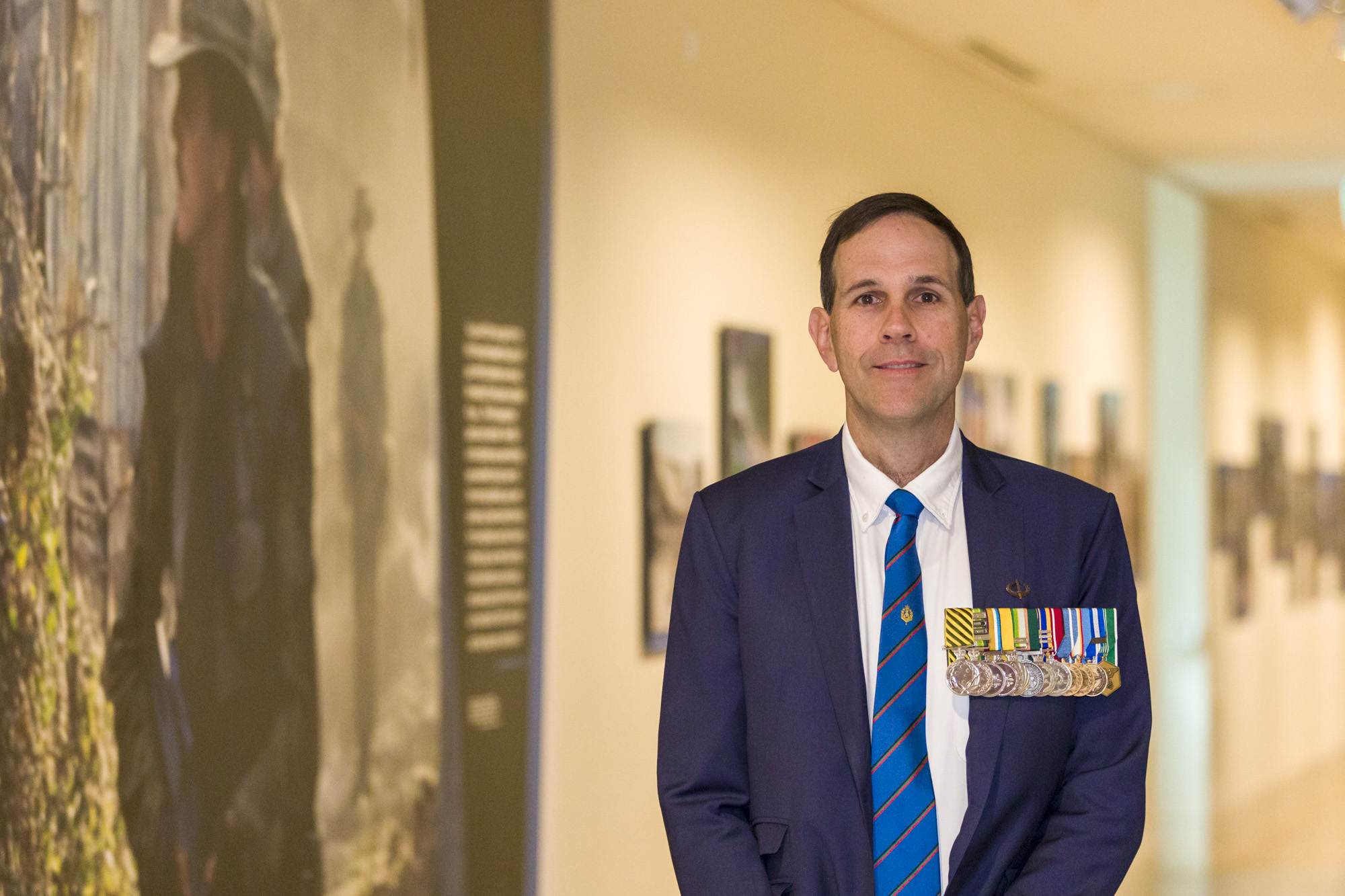
To understand why I chose to train with ACRRM, it is first necessary to understand how military medicine, and specifically military general practice, differs from ‘normal’ (civilian) general practice. Broadly speaking, there are five key components to military general practice, and while there are some similarities with civilian general practice, there are also significant differences.
The first component is occupationally focused primary care, and the foundation of this is comprehensive general practice training. The second component of military general practice, and a key feature that distinguishes military GPs from their civilian peers, is pre-hospital medicine. Unlike civilian general practice, where the patients come to the doctor, a military GP is expected to go with ‘the patients’, whether that be to support land-based training exercises in Australia, ship-based deployments in the maritime environment, or on overseas deployments that put military personnel in harm’s way.
For Army doctors supporting deployed forces, the consulting ‘room’ usually has canvas walls and a dirt floor, and their ‘doctor’s bag’ includes a laryngoscope, thoracostomy kit and haemostatic dressings. This component necessitates training in pre-hospital emergency medicine, prolonged casualty care and aeromedical retrieval. The third component of military general practice is force health protection. Our nation invests significant resources in Defence and a key role for military GPs is to maintain the fighting force while it is deployed, through preventative and public health interventions tailored to the deployed environment. The fourth component of military general practice is clinical leadership.
In the deployed environment military GPs lead a primary health care team comprised of a doctor, nurse and medics. The military GP’s clinical leadership role encompasses training of subordinates, education, assurance of standards, and providing advice to military commanders. The final component of military general practice is ‘operational medicine’ – the non-clinical skills and knowledge required by military GPs when deployed. For Army doctors this includes weapon handling (under the Geneva Conventions, military medical personnel carry weapons to defend themselves, and their patients), medical planning to support military operations, and care of captured personnel and refugees.
There is no single medical training program that can fully prepare military GPs for their role. However, from the role description above, there are many similarities between military general practice and rural generalism (as defined by the Collingrove Agreement):
- A military GP is a medical practitioner who is trained to meet the healthcare needs of military personnel in the barracks and the deployed environment.
- A military GP provides comprehensive general practice care and pre-hospital emergency care, and required components of other medical specialist care (remote medicine, public health and force health protection, tropical medicine, etc).
- A military GP is a clinician and a leader, an advisor and advocate, who leads a healthcare team in the deployed environment to maintain the health of the fighting force.
For this reason, I believe military GPs should train as a Rural Generalist (RG), and I chose to train with ACRRM because it is the home of rural generalism. ACRRM is the only medical college in Australia whose curriculum addresses all five components of military general practice.
ACRRM’s Core Generalist Training requires every ACRRM RG to gain skills in emergency medicine, contextualised to rural and remote environments, and the austere nature of military medicine.
ACRRM’s flagship Rural Emergency Skills Training (REST) course, and its bespoke Pre-Hospital Emergency Care (PHEC) course are directly relevant to the deployed role of a military GP.
The strong focus on indigenous health and the health requirements of rural and remote communities aligns with the third component of military general practice – public health, preventative health and force health protection in areas of endemic and chronic disease. Similarly, the requirement to gain experience in both primary and secondary care in rural and remote locations compels ACRRM RGs to work within and lead a small health care team, and prepares military GPs for their role as clinical leaders.
When I reflect upon my military service on ANZAC Day, I experience a range of thoughts and emotions; and two stand out for me. My first thoughts are for my mates, with whom I had the privilege of serving overseas. My second thought is for the young men and women who follow in our footsteps, and join the Australian Defence Force, particularly in the contemporary era of increasing global uncertainty. It is important that they are provided with the best health care when they go into harm’s way. I am confident this will be the case if they are under the care of a military GP who is an ACRRM RG.

